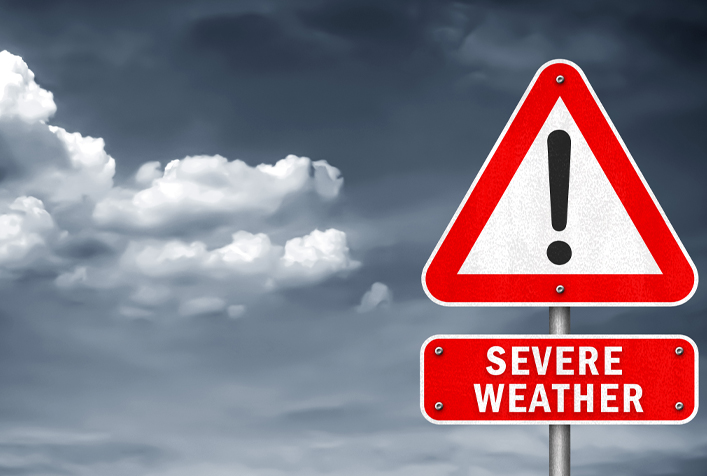Surveying the Effectiveness of Weather Hazard Communication Terms

Project Brief
The Challenge
Effective communication of weather information is essential to helping people make the right decisions in the face of weather-related risks. As part of an effort to update how it communicates weather information to the public, the National Weather Service wanted to identify new terms to replace its historical “watch, warning, and advisory” terms to help improve the decisions people make. NWS contracted with ERG to test the effectiveness of the proposed new terms and phrases with the public prior to full-scale implementation.
ERG's Solution
ERG designed and administered a public survey to test a set of new terms for seven weather event types (winter weather, thunderstorms, tornadoes, wildfires, coastal flooding, areal flooding, and flash flooding). The survey prompted respondents with information on an initial weather scenario and asked about the actions they would take. It then walked respondents through a changing weather situation over time and provided them with either current communication terms or with the new terms being tested. ERG then used the resulting data to perform statistical tests to compare the effectiveness of new communication methods relative to current approaches. Collectively for the seven weather event types, ERG collected data from 7,800 respondents across the United States. The seven survey types were strategically distributed based on the prevalence of the weather events in different areas (e.g., the coastal flooding survey was implemented along coastal states). The results of our work provided NWS with information on which new communication methods could potentially improve outcomes and which methods would result in no change or less effective outcomes.
Client
National Weather Service